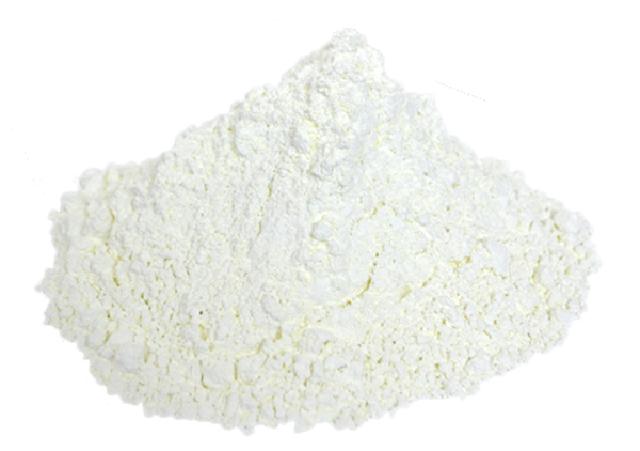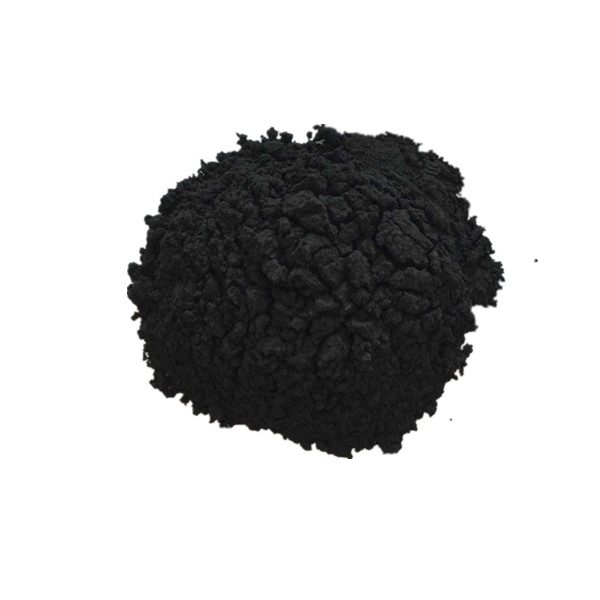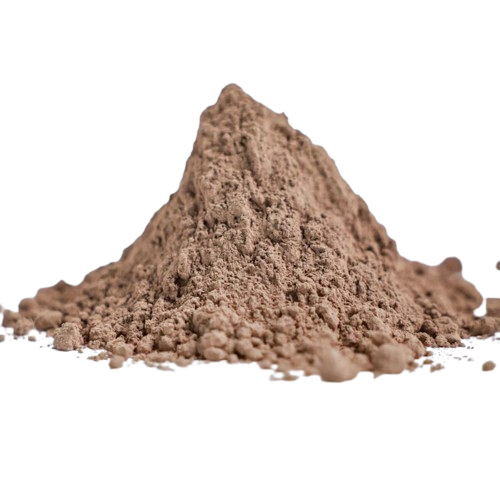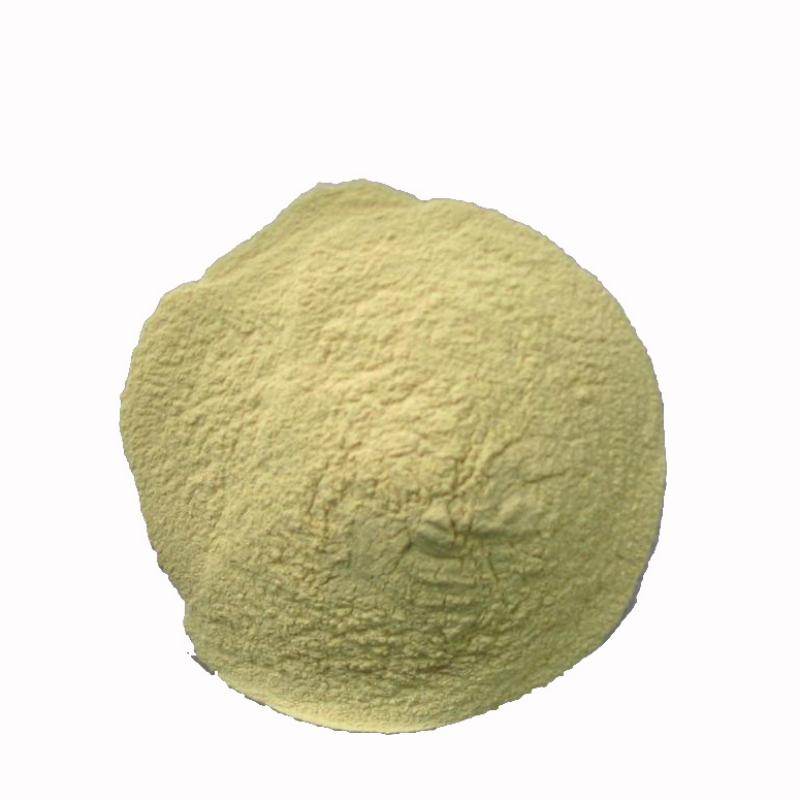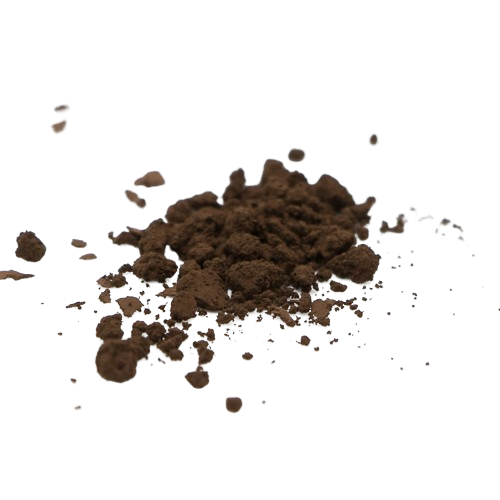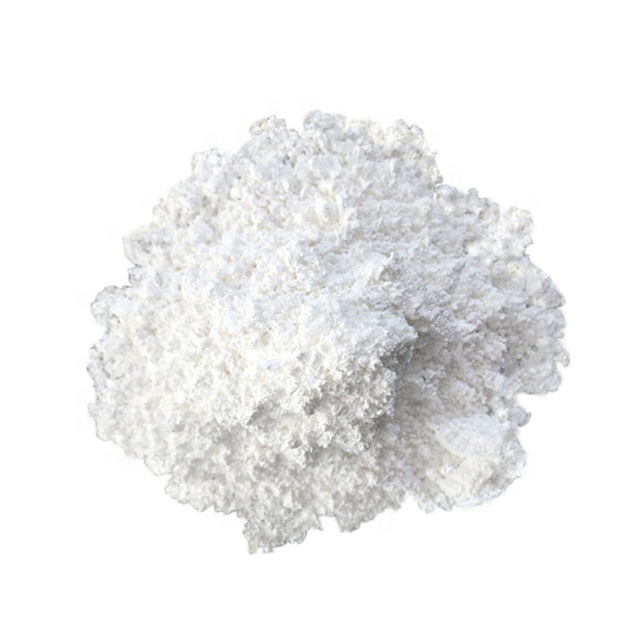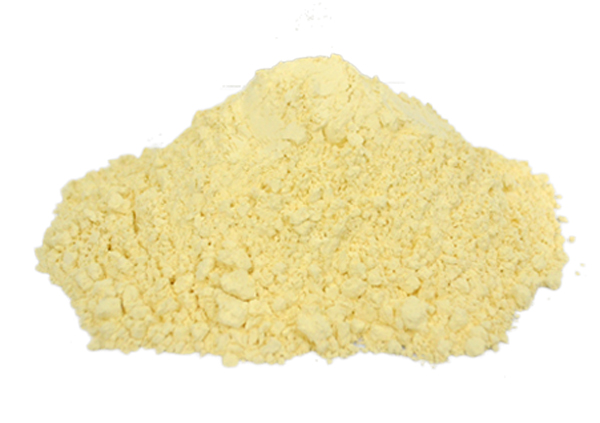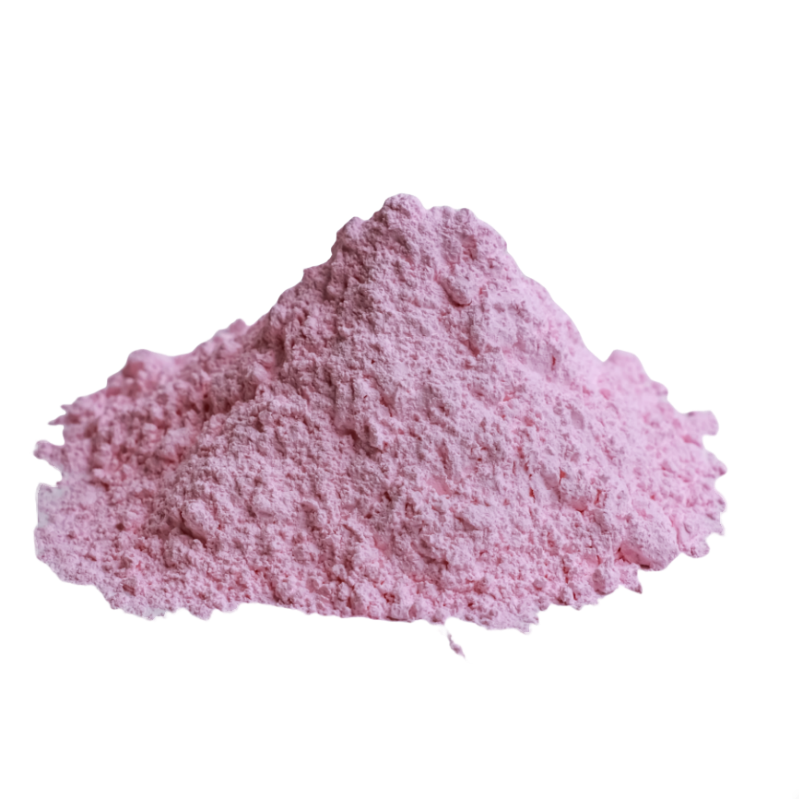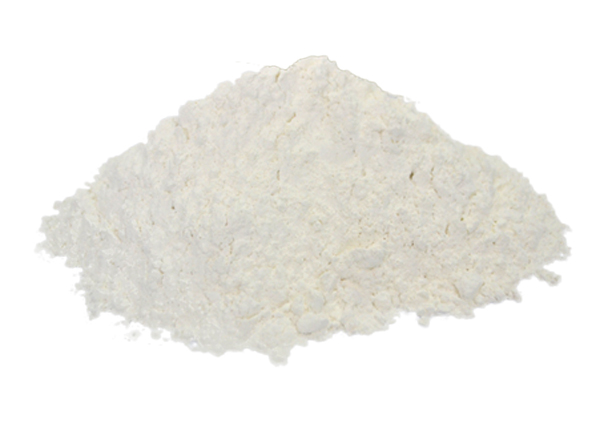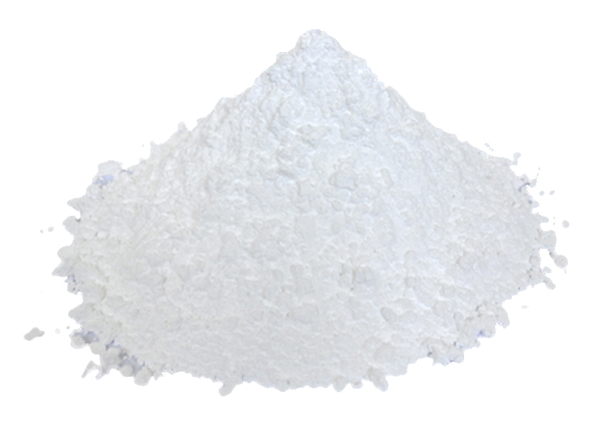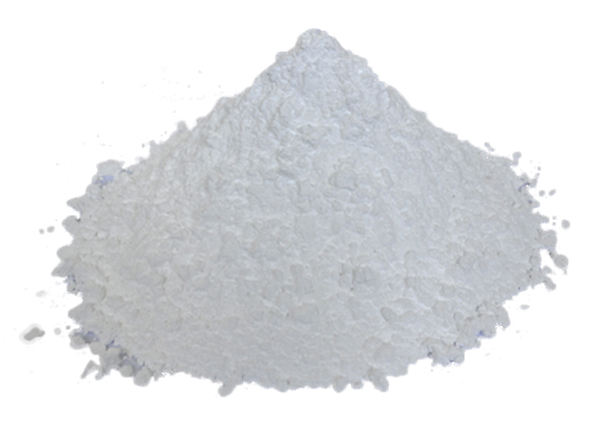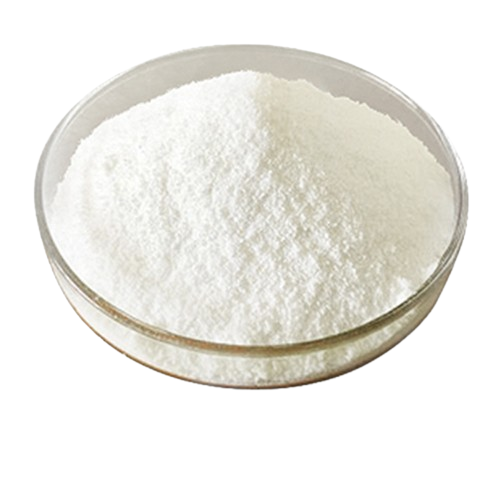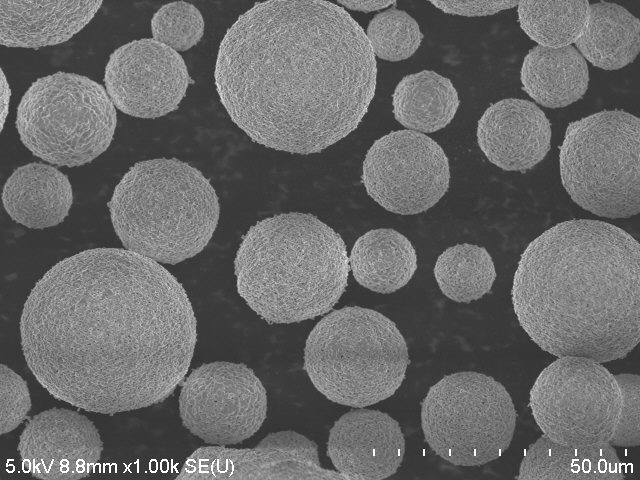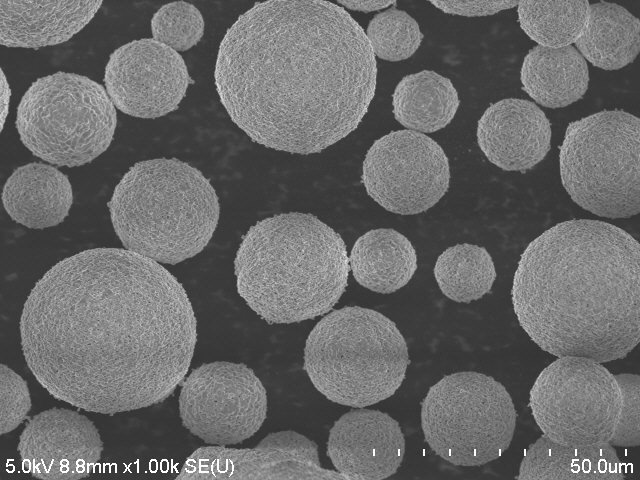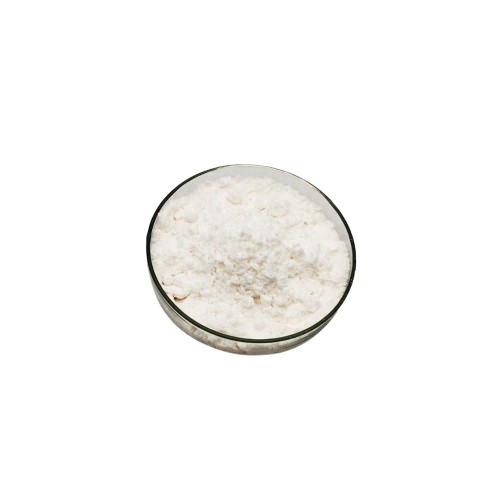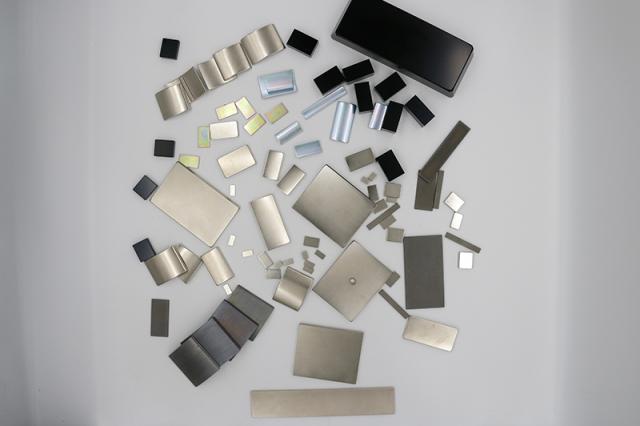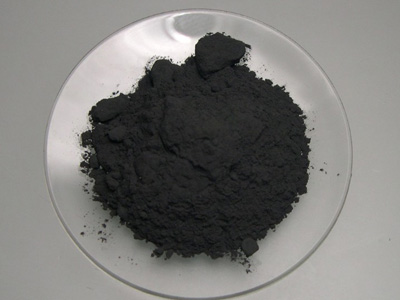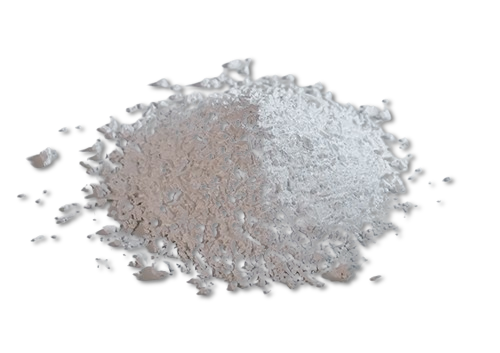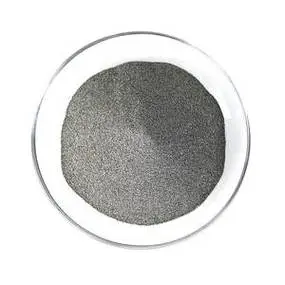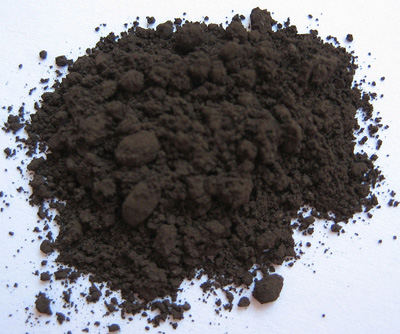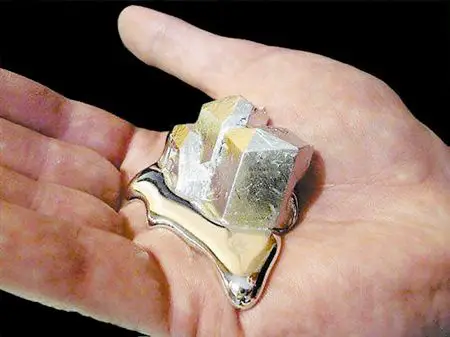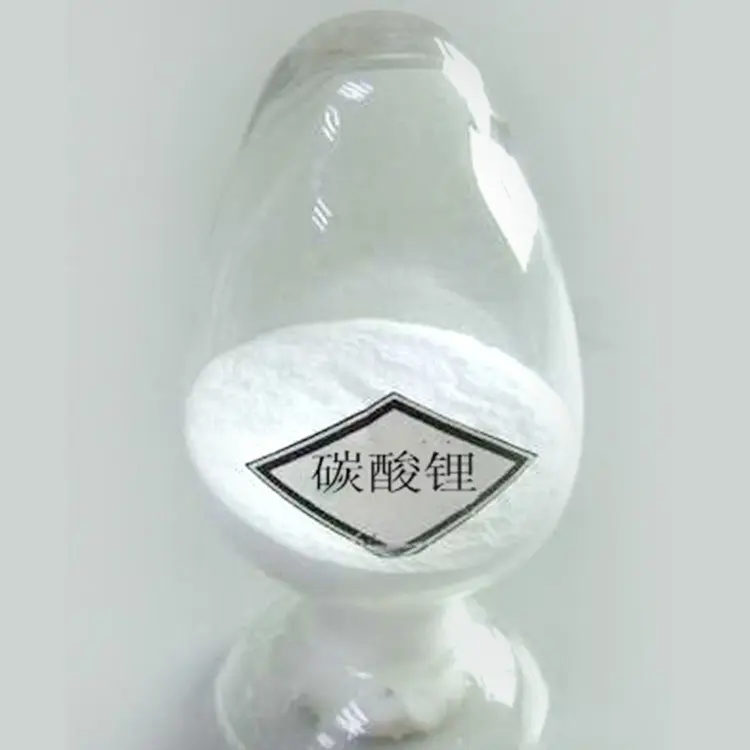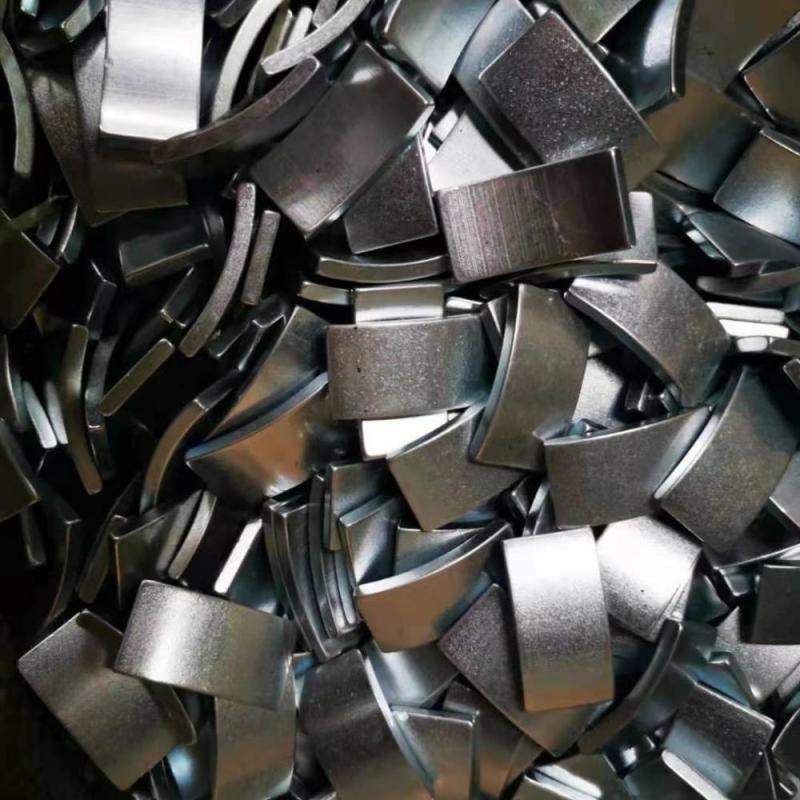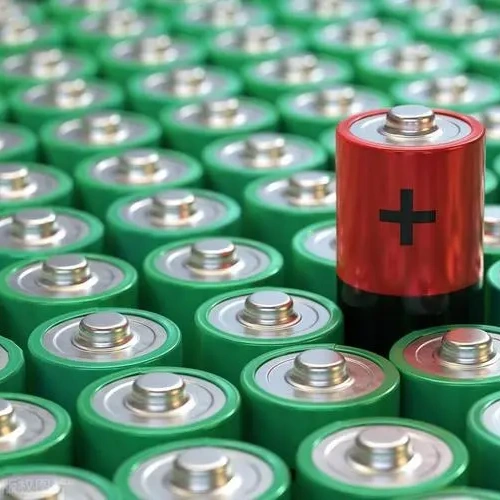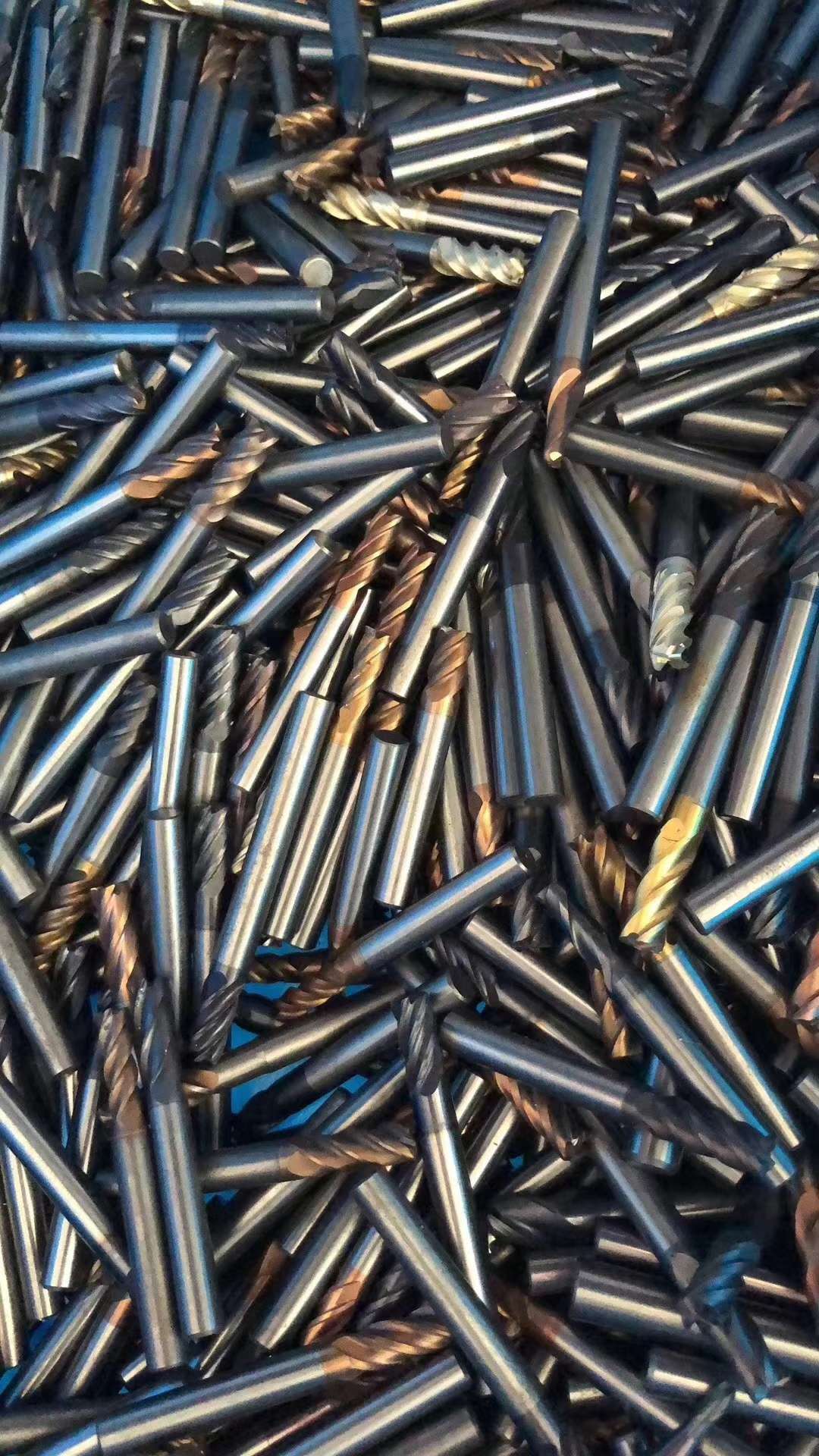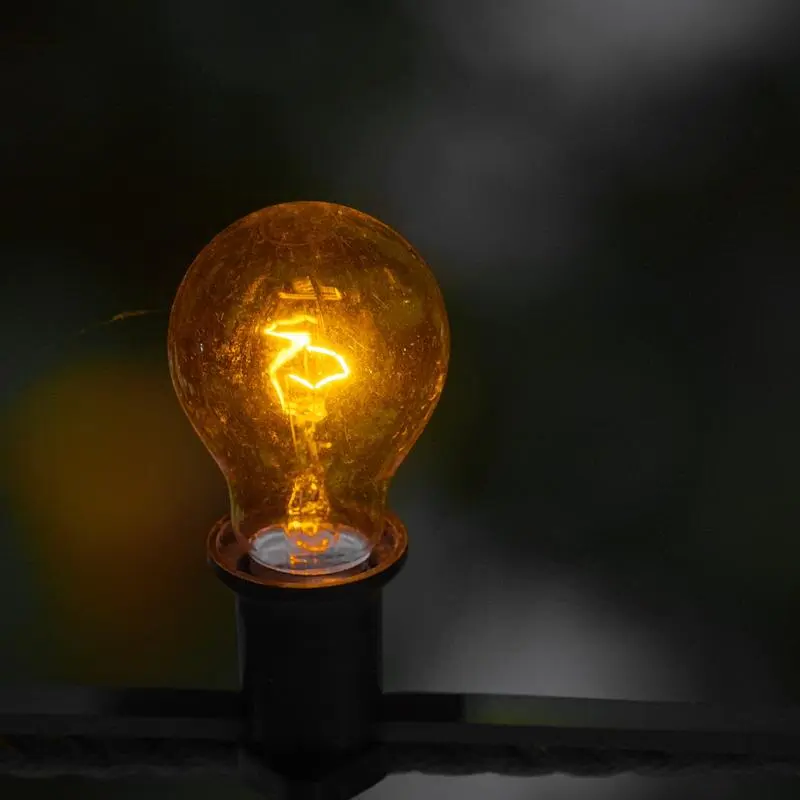Optical fiber made of rare earth fiber glass plays an important role in optical communication. Rare earth fiber has a series of advantages such as high light transmission efficiency, strong light collecting ability, large information transmission capacity, fast speed, high resolution, anti-interference, corrosion resistance, bendability, good confidentiality, rich resources and low cost.
Since 1997, when NTT first proposed that Er3+ tellurate fiber could be used in broadband amplifier, the practical process of tellurate glass fiber is very fast. The loss of erbium-doped tellurate fiber reported by NTT in 1997 was 3dB/m, reduced to 0.5dB/m in 1998, reduced to 0.05dB/m in 1999, and now the loss is 0.02dB/m. Since then, patent applications for rare-earth tellurate-doped glass fibers have increased dramatically. One of the important reasons is that everyone recognizes the unique advantages of tellurate glass fiber in fiber communication and gain bandwidth.
It is pointed out in the research report that Er3+ bismuthate-doped glass fiber can work simultaneously in the C+L band, in addition, bismuthate-doped glass fiber is better than tellurate and fluoride fiber in strength, moisture and crack resistance, and the preparation cost is low.
Based on the low phonon energy of fluoride glass and the mature manufacturing technology of fluoride fiber, Tm3+ fluoride fiber is now widely used in TDFA or GS-TDFA. This fiber is mainly based on ZBLAN, ZBLAL, ZBAN and other glass systems. The bandwidth of Er3+ doped phosphate glass fiber is not superior to that of tellurate, bismuth and fluoride glass fiber, but phosphate glass has high solubility to Er3+ ions and high gain per unit length.



